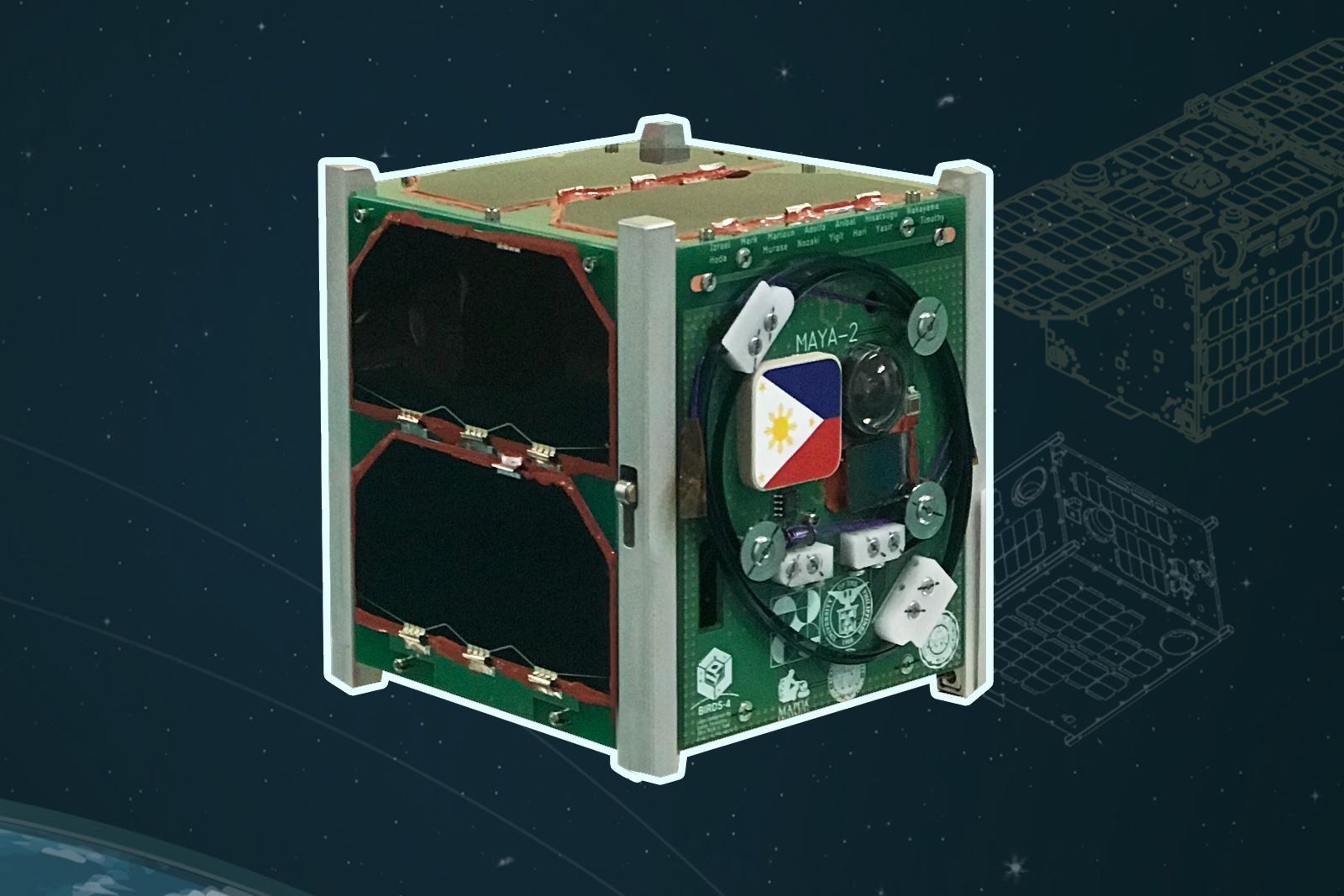
MANILA – The Department of Science and Technology (DOST) has successfully launched a fourth satellite made by Filipino scientists.
At 1:36 a.m. on Sunday, February 21, the International Space Station (ISS) launched the “Maya-2 CubeSat” developed by three Filipino student engineers.
“To do something for the first time is great, but to be able to do it again and innovate is greater. We take pride in the launch of Maya-2, the successor to Maya-1 and the Philippines ’latest milestone in creating value in space for and from Filipinos and for the world,” said Philippine Space Agency director general Joel Joseph Marciano Jr.
Among those who formed Maya-2 were Engr. Izrael Zenar Bautista (University of the Philippines), Engr. Mark Angelo Purio (De La Salle University, Adamson University), and Engr. Marloun Sejera (Mapua University).
They are both c
urrently studying doctoral degrees in Space Systems Engineering and Space Engineering at the Kyushu Institute of Technology (KyuTech) in Japan.
Maya-2 flew with GuaraniSat-1 CubeSat of Paraguay, and Tsuru CubeSat under KyuTech’s BIRDS 4 Satellite Project. They were all aboard the Northrop Grumman CRS-15 mission.
According to DOST Sec. Fortunato dela Pena, the country continues to strengthen other space development programs due to its huge benefits to Filipinos.
“Since DOST started the Philippine Space Technology Development Program in 2014, we have already sent orbiting into space two microsatellites, Diwata-1 and Diwata-2, and two nanosatellites Maya-1 and Maya-2,” said Dela Pena.
The Maya-2 CubeSat weighs 1.3-kilograms. It consists of a camera to capture photos and videos of the country from Earth orbit; and other control units and chips to operate.
In March 2016, the country’s first microsatellite Diwata-1 was released into space. After two years, October 2018, Diwata-2 was flown.
Meanwhile, June 2018 when the cube satellite Maya-1 first flew.

DOST Advanced Science and Technology Institute (ASTI) and UP Institute of Electrical & Electronics Engineering (UP IEEE) are the implementers of such satellite development projects. They partner with Hokkaido University and Tohoku University in Japan.
Dela Pena explained that the initiative is part of the department’s “Stamina4Space” Program, funded by the Philippine Council for Industry, Energy, and Emerging Technology Research and Development (PCIEERD).

The Stamina4Space (Space Technology and Applications Mastery, Innovation and Advancement) Program is a space research and development program that aims to strengthen the expertise and local scientific-industrial base of space technology in the Philippines.
Explained by Prof. Paul Jayson Co, project leader of Stamina4Space Space Science and Technology Proliferation through University Partnerships (STeP-UP), Maya-2 can also help to obtain data from “ground sensors.”
It is said that the information collected can be used for weather analysis and infectious diseases.
This year, two more cube satellites, Maya-3 and Maya-4, are also scheduled to be launched in space.
Micro satellites Diwata-3 and Diwata-4 are currently being developed; and other nanosatellites.

“These projects are seen to further intensify the efforts of the country to harness the power of satellite technology for other purposes like those for agriculture, forest cover and natural resources inventory, weather forecasting, and disaster damage assessment and monitoring, among others,” he said. in the DOST press release.
In 2019, President Rodrigo Duterte signed Republic Act No. 11363 founder of the Philippine Space Agency.





